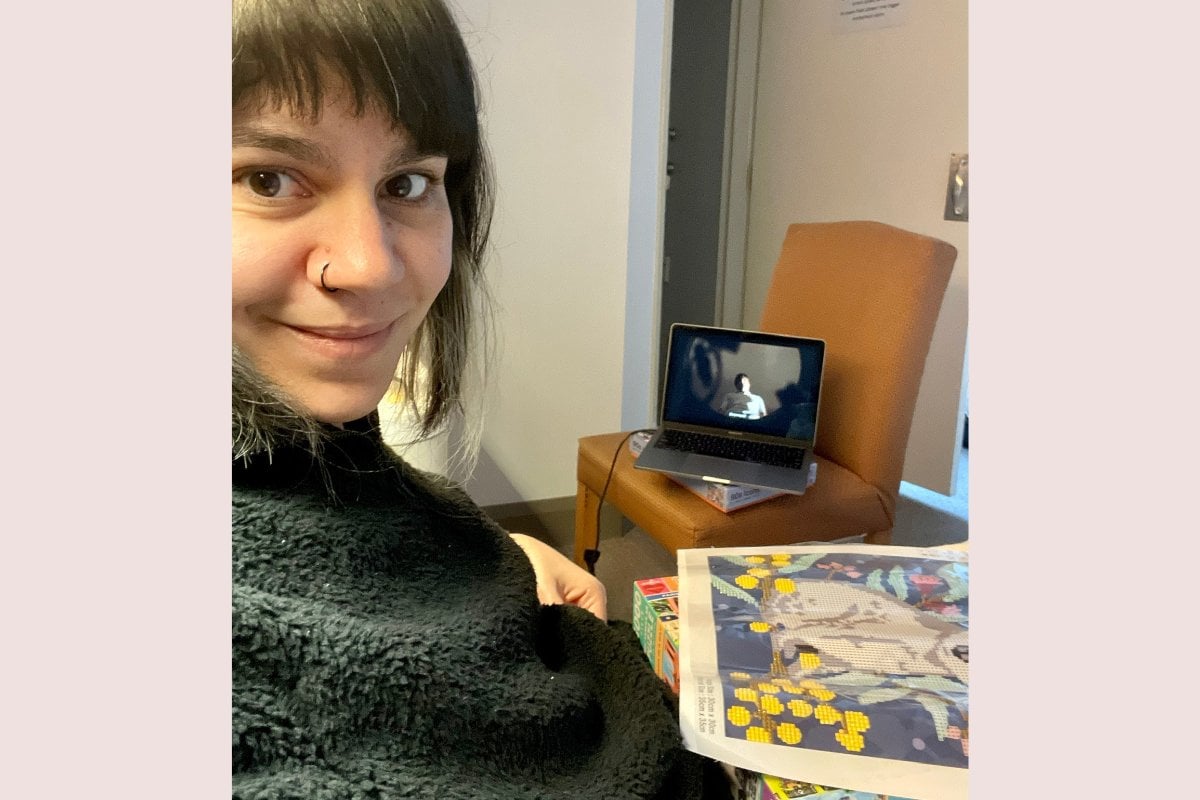
Content warning: This post includes discussion of self-harm and suicidal thoughts that may be distressing to some readers.
I'm fuzzy.
It's a few hours post-treatment, and I'm fuzzy.
The kind of short-term memory fuzzy that I've only ever experienced with electroconvulsive therapy (ECT).
Despite the barbaric picture that films such as One Flew Over the Cuckoo's Nest paint of ECT, it's actually a pretty straightforward, safe and regulated procedure. It's also very effective.
Used for the treatment of severe depressive, manic or psychotic episodes, ECT is employed when other treatments have failed (also known as treatment resistance) or when a situation is life-threatening. Under a general anaesthetic, an electric current is passed between electrodes that are positioned on your head until a short seizure is induced. You don't feel it, and you're given a muscle relaxant, so you also don't visibly convulse (the most you might see is the twitch of a toe or finger).
Watch: The truth about electroconvulsive therapy (ECT). Story continues after video.
Obviously, ECT is much more invasive than simply taking an antidepressant or antipsychotic, or mood stabiliser, but its efficacy is also much higher – so much higher.


Top Comments